There are several theories on how this state got the name. One is that it could me – The Lord’s abode [Hari – Lord Vishnu, Ayana – abode].The other one is that it comes from the terms Hari – green, Aranya- forest. One more theory suggests that it was derived from the Great Genetal of Samrat Pritviraj Chauhan – Great Rana HarRaj. His descendants occupied the region and they were the largest and most powerful occupants of the present day Haryana.
In the ancient times, Haryana is said to be the outermost location of the Indus Valley civilization.
Now, coming to the important part – the cuisine.It is said to be invariably like the people of Haryana- simple ,robust and with a strong connection to the land!
Haryana is called the ‘Land of Roti’ and in the the Mahabarata, this land was mentioned as the ‘Land of immense wealth’ and ‘Land of abundance of grains’.
Harayana is known for its cattle wealth and hence there is an abundance of Milk and milk products.It is primarily a vegetarian cuisne.Vegetables occupy an important place in the cuisine
In the rural areas, it two meals a day schedule. Mid morning roti with some side dishes and green chilies and a dinner of kichdi or other dishes and a large round of drinks follow[for the men, of course].
Though, this state is known for its Roti’s, I have prepared a kichdi, a one pot meal that is tasty and filling….
Behind the Scene:
Since Bajra is a predominant cereal used in Haryana, I wanted to make something with it. Bajre ki Roti is already in my blog, so I went on to this kichdi.
I saw a lot of recipes for this dish.Some use whole bajra, others had grits.Similarly in some recipes, whole moong was used and in other split moong was used.
So I went ahead and made this bajra kichdi that has bajra, split moong and veggies to make it something like a one pot meal.
The first person to taste this dish was MIL. She was more interested in it as she felt it was good for diabetes. She said it had the right consistency and taste.Now, that is something , right! I of course ate the rest of it as hubby was down with a severe throat infection and the kids did not come near it thinking it was not their food for the day!
The taste was actually good and it was really filling.What you see in the pic was the total quantity of the dish I made.MIL and me shared it and finished our meal with a cup of buttermilk.
Millets, as you are aware, are the small seeded cereals.Pearl Millet is also known by the names Pennisetum glaucum , bajra, bajri, Kambu, mahangu, sanio, gero, babala, nyoloti, dukkin, souna, petit mil, mexoeira ,bulrush millet , milheto , cattail millet , candle millet, dark millet [Source:Wiki]
Pearl millet is often considered poor man’s food but when we see the nutritive value of this millet ,it is really astounding!
It is a good source of energy and very are very helpful nutrition wise for children and pregnant women.It is also rich in protein , vitamins and minerals.
It has more calories than wheat which maybe because of its higher oil content.It is rich in B Vitamins,Potassium, Iron , Zinc, Copper, Phosphorus, Magnesium and Manganese.
It is a Gluten free grain.
Pearl millet can be cooked as rice and yields three times its dry volume on cooking.It can also be used to make porridges. The flour is used to prepare biscuit , bread, cookies, muffins, etc and it gives a very crunchy texture to the baked products.
Now to the recipe….
I used:
Bajra / Pearl Millet – 1/3 cup
Moong dal- 2 tablspoons
Mixed vegetables- peas, carrots, cauliflower, capsicum – 1/2 cup
Red chili powder- 3/4 teaspoon+1/2 teaspoon
Onion-1, sliced
Cumin seeds- 1 teaspoon
Red chili – 1
Turmeric powder- a large pinch
Salt to taste
Oil- 1 teaspoon
Soak the bajra for an hour and moong dal for 15 minutes. This helps them to cook faster.
Heat oil in a pressure cooker and add the cumin seeds. When it crackles, add the onions and saute till light brown. Then drain the water from the bajra and moong and add only the grains. Saute for a minute.
Put in turmeric powder- 1 teaspoon chili powder and salt.Add 2 cups of water and pressure cook for 20 minutes or 5 hisses. Let the pressure release naturally.
Meanwhile, heat a little oil in a pan and add the chopped vegetables. Add salt, turmeric powder and 1/2 teaspoon chili powder.Sprinkle a little water, mix well and cover and cook till the vegetables are almost cooked. Remove from heat and keep aside.
Open the pressure cooker and check if the bajra is cooked. Add the vegetables and put the cooker back on heat. Pressure cook on low heat for 5 minutes. Open the cooker after the pressure releases and mix well and serve.
Serve with buttermilk…..
- If the kichdi appears too dry, add more water while adding the vegetables to the cooked bajra.
- Adding vegetables is optional.
- If you do add, you can add any vegetables of your choice except maybe eggplants, ladies finger ….
I used:
Recipe source : Foodie’s Hope
Besan / Chickpea flour- 1/2 cup
Sugar- a little less than 1/2 cup , powdered
Ghee- 2 tablespoons
Cardamom powder- a pinch
Milk -2 teaspoons
Nuts, chopped
Sieve the besan and keep aside.Heat ghee in a pan and when it melts, add the sieved besan and roast it on low flame till the raw flavor goes off and the color changes a bit.
Add the powdered sugar, cardamom powder and nuts and mix well and continue roasting for 5 minutes. Remove from heat and transfer into a bowl.
When it is cool enough to handle, add a little milk,maybe a teaspoon at a time and mix well. First add one teaspoon and mix. Take some besan mixture in your palm and squeeze it between your fingers. If it holds shape, don’t add more milk. Shape the pinni’s as mentioned above and keep aside. After a few minutes, they will harden a bit an retain their shape and the color will also change a bit.
- Don’t take off the besan before roasting it completely. The sweet will have a raw flavor
- Don’t add milk in one go. Sprinkle a little , try to shape it and then add more if needed.
- Adjust sugar to suit your taste.This quantity was sweet. Adding more will make it more sweet.But of you prefer go ahead 🙂
Check out the Blogging Marathon page for the other Blogging Marathoners doing BM# 39
Bon Appetit…

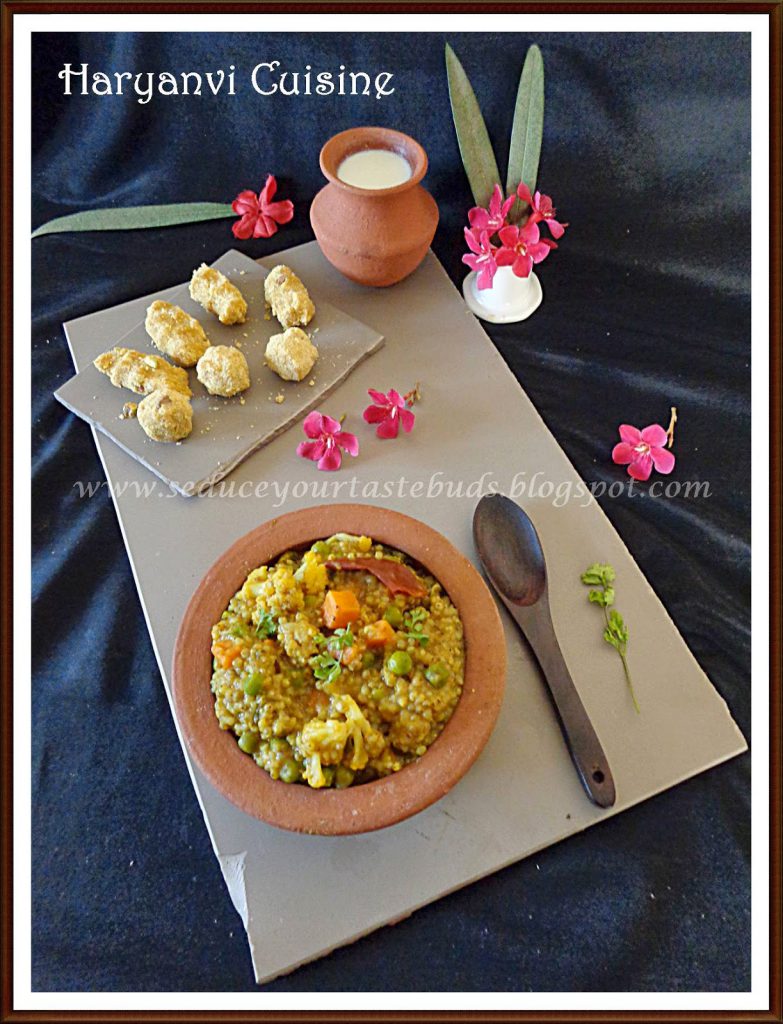
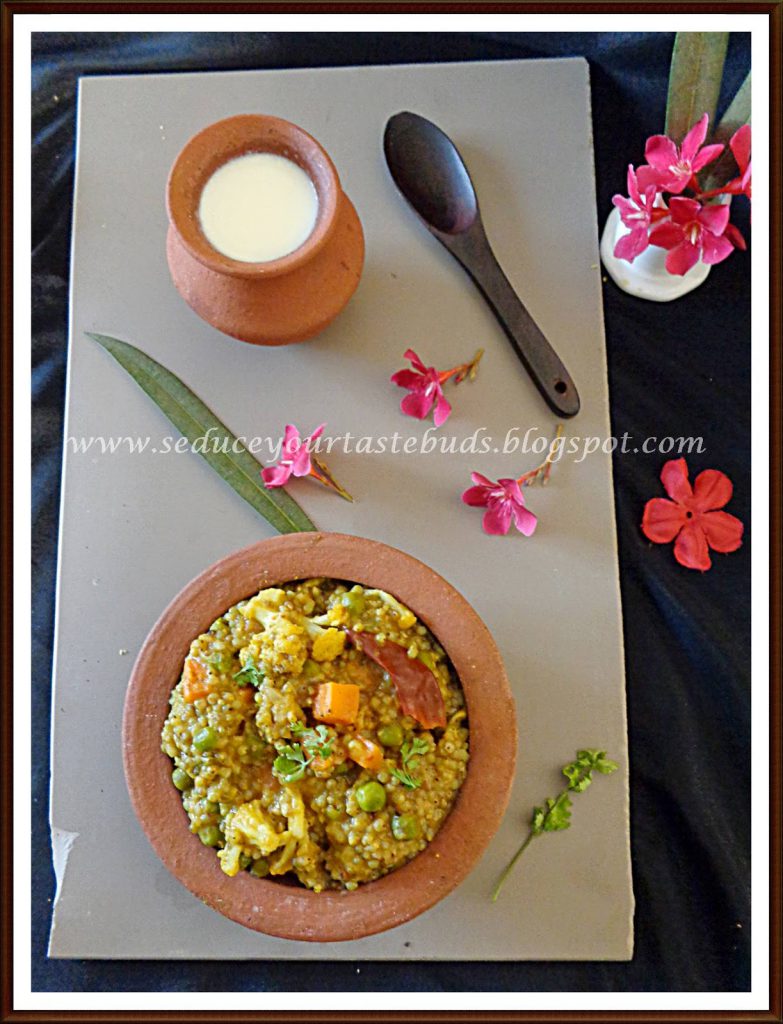
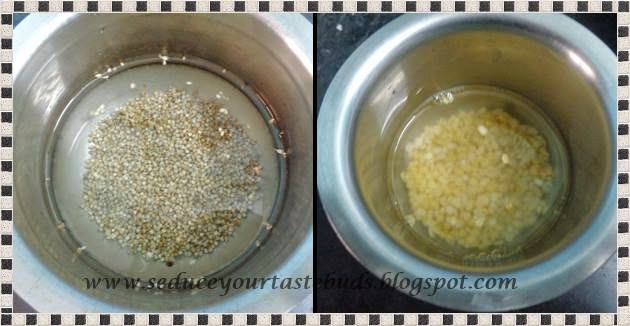
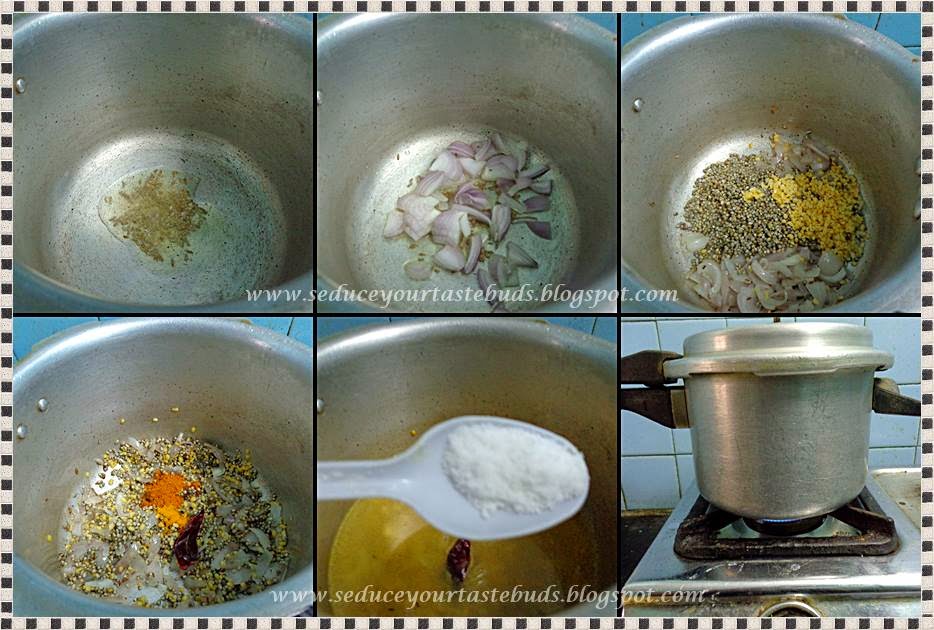
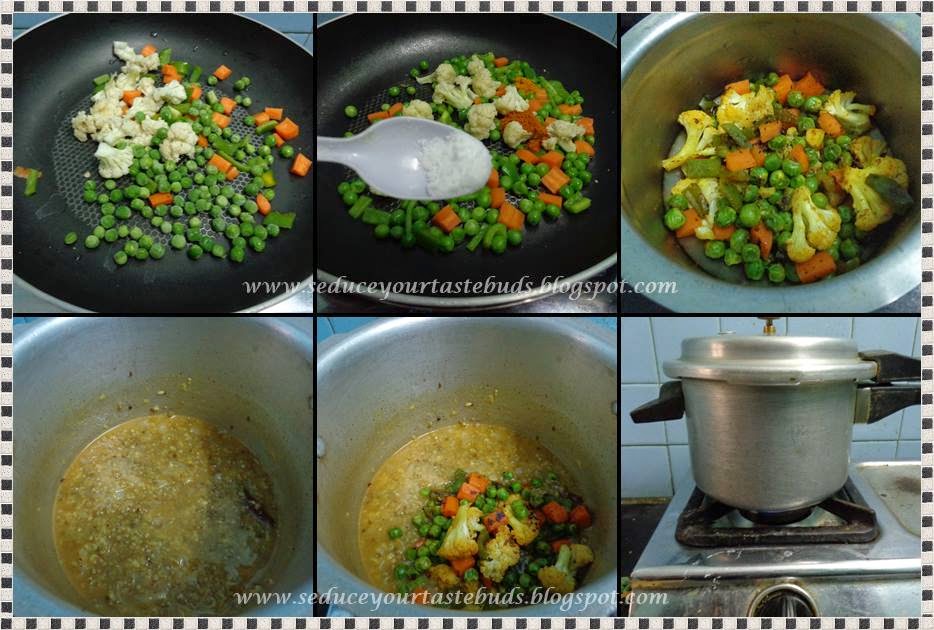
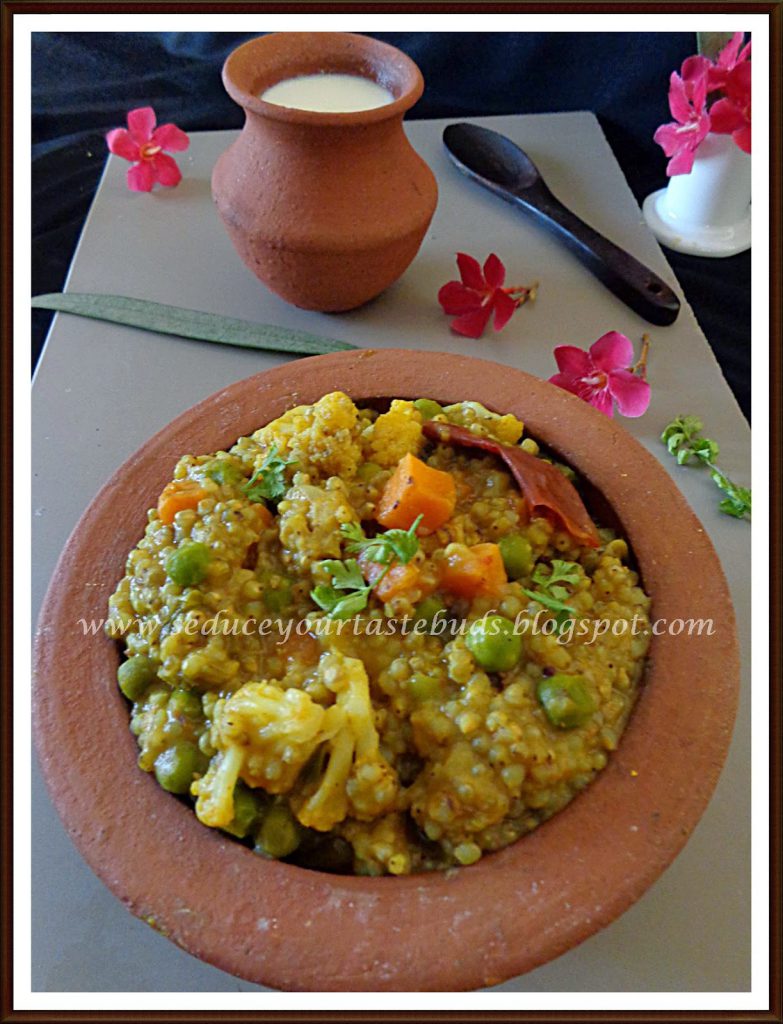
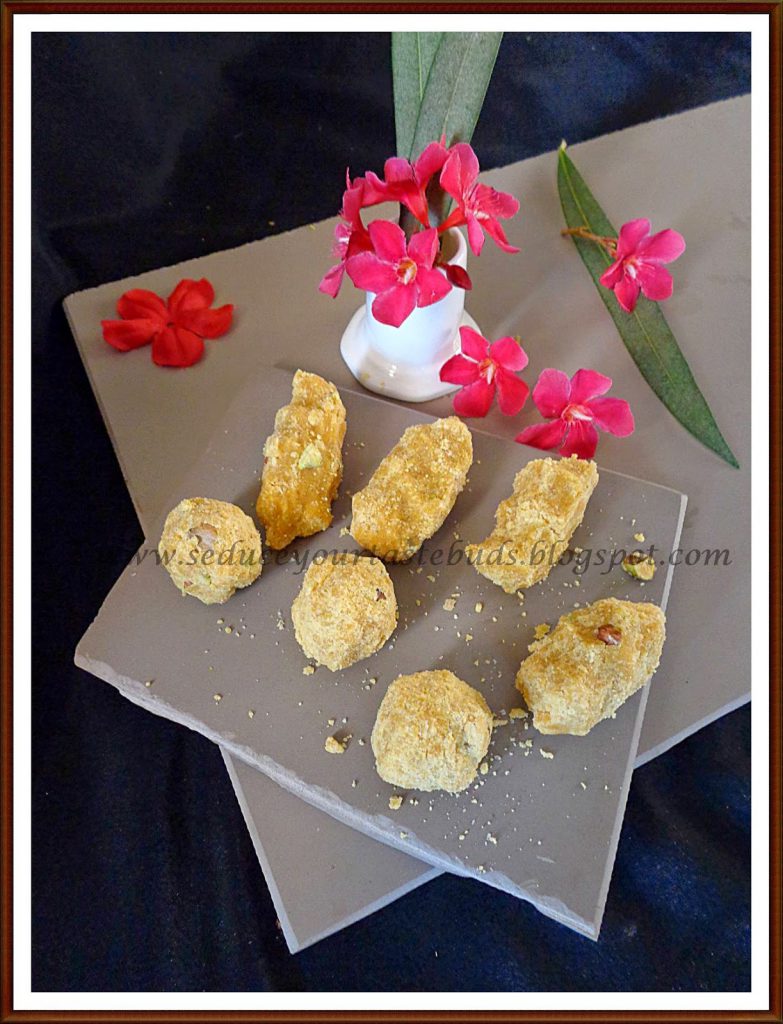
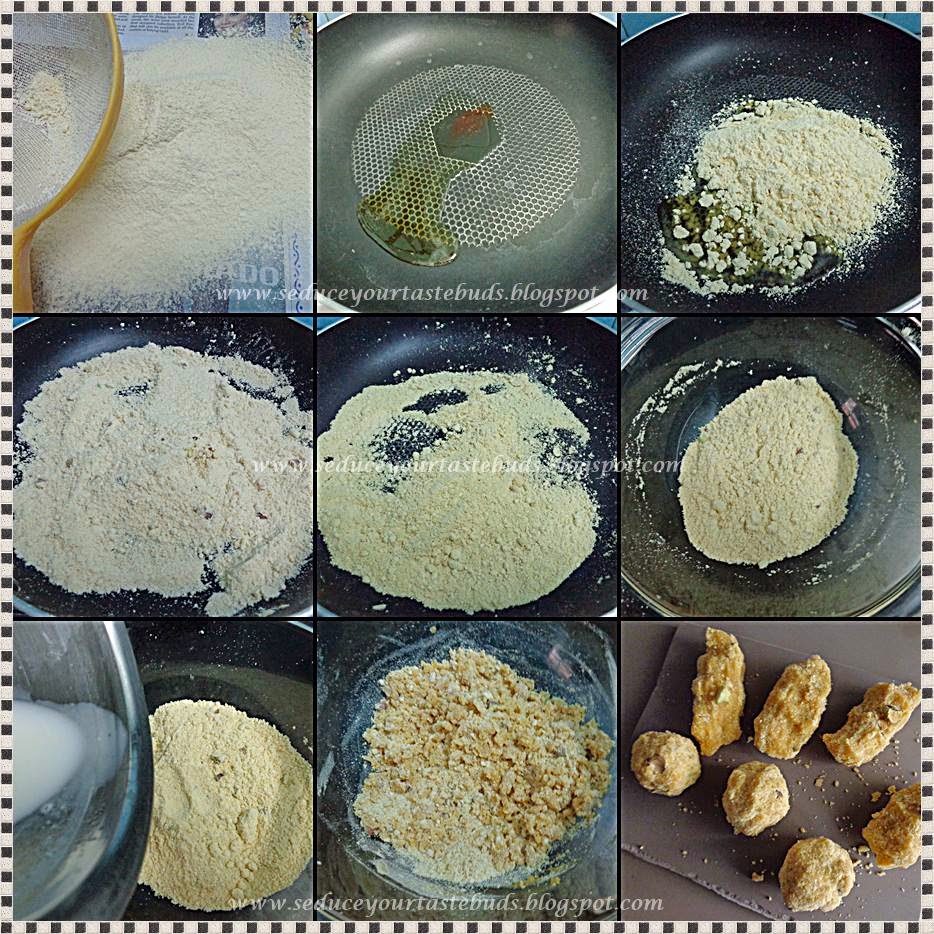
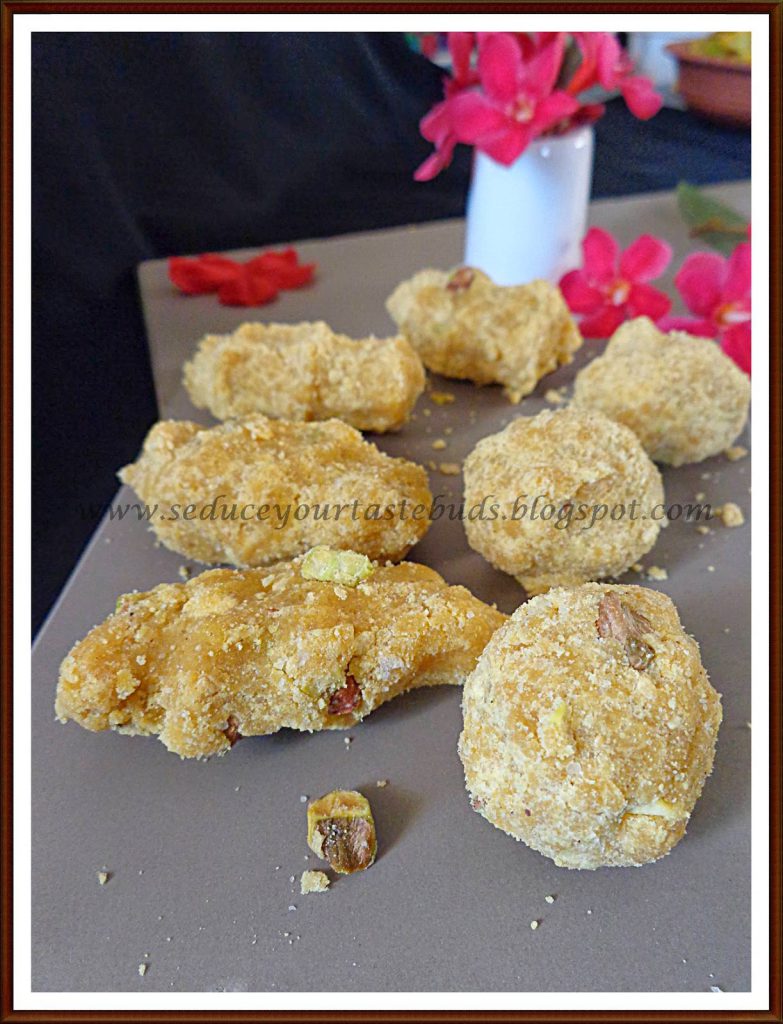
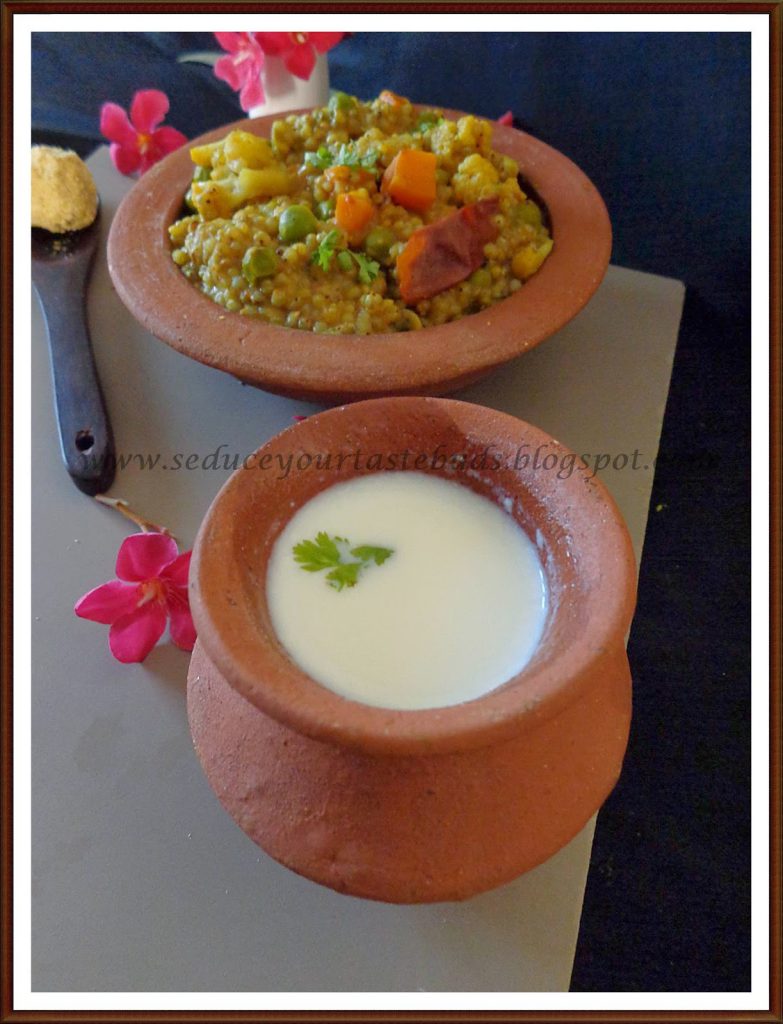


Loved the whole post, PJ. And may be I can recommend this for my MIL as well. She is also a sugar patient.
Wonderful filling kichdi and that besan pinni sounds prefect as sweet after having this fibre rich kichdi,fabulous dishes..
same pinch again… I also made Bajra Khichdi for Haryana!!! love the vessel in which you have served it!!!
Super healthy
Always like the way you write and loved this healthy bajra kichdi too.
Such a lovely post PJ..love both the kichidi and the sweet..that's laddu right..:)..too good..
Khichdi looks mouth watering and I like those pinni too….
khichdi sounds healthy and filling.. have a feeling my kids might like it a lot
I like the way you styled the first picture. Bajra khichdi is such a wholesome one pot meal. I like the addition of the vegetables. Pinni looks yummy
Both the dishes have turned out great. The lassi looks refreshing.
I have book marked this recipe of baa jar khichdi…hubby loves any kind of khichdi..and those pin is..wow any thing with besan , I am in for it..very well made.
I have never used whole bajra before, but this recipe and it's health benefits are tempting me to buy some soon.
Both the dishes sound delicious. I wanted to make besan Pinni from Asha's blog but made something else.
i am stunned, what a beautiful rustic recipe you have picked..i am really impressed with your skill and courage trying so many varieties despite little kids at home…this is awesome
Healthy looking kichadi with veggies sounds very inviting..besan pinni looks very delicious…wonderful presentation..
Bajra kichdi looks like a wholesome meal and the pinnis look so inviting. Even I made pinnis and we loved it a lot…
Same pinch, PJ..I loved the khichdi. I made it a little runny as I remember having it like that somewhere in Delhi, I think. I like it that you have added veggies as well.
The dessert sounds very yumm.
using millet, very healthy
A simple and filling meal.
Love the spread and your presentation 🙂
wow such an healthy and hearty khichidi pj 🙂 I am just drooling for them now , besan pinni looks fabulous , I wud love to grab some !!